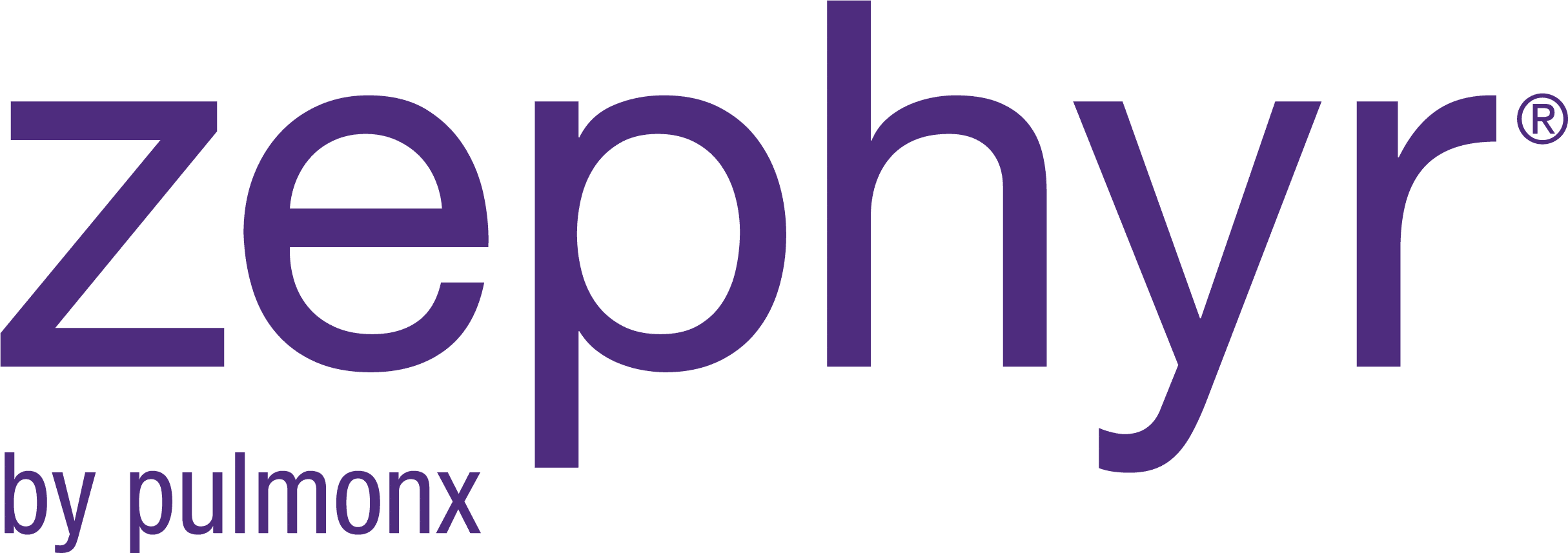COPD (Chronic Obstructive Pulmonary Disease) primarily affects the lungs, causing difficulties in breathing including shortness of breath. However, it also has effects that can significantly impact the body’s overall health, such as a lack of oxygen in the blood, anxiety, or trouble falling asleep.
COPD and Heart Disease1,2
When COPD prevents the lungs from working properly, it can cause a lack of oxygen in the blood known as hypoxemia. This condition gets worse as COPD becomes more severe and can cause high blood pressure in the blood vessels leading from the heart to the lungs. High blood pressure puts strain on the heart as it works harder to pump.
This strain along with inflammation and age can increase the risk of heart disease and heart failure in patients with COPD. The COPD Foundation reports that “people who have COPD are at two to three times the risk of having cardiovascular disease.”3 COPD and heart failure also share some symptoms, including shortness of breath after exertion and fatigue.
Hypoxemia in COPD patients is often treated using oxygen therapy, where a person is given supplemental oxygen to keep their blood oxygen levels at a healthy amount. This treatment can also reduce shortness of breath.

“My COPD made life even more challenging because I also had serious heart problems and any COPD exacerbation puts stress on the heart.”
– Beverly, a Zephyr® Valve treated patient with heart disease. Read her story here.
The Zephyr Valve treatment is a minimally invasive procedure designed to help breathing for severe COPD/emphysema patients.
COPD and Sleep Apnea4,5
Some people with COPD experience sleep disturbances, where they have trouble falling asleep, staying asleep, or both. Symptoms of COPD such as shortness of breath and coughing can worsen at night when lying down and contribute to these difficulties.
COPD can also occur along with obstructive sleep apnea (OSA), which can cause someone to partially or fully wake up at multiple points throughout the night. OSA can disrupt their sleep patterns, reduce quality of sleep, and increase fatigue.
The combination of COPD and OSA can lead to an increased lack of oxygen in the blood, contributing to the heart risks described above. According to the COPD Foundation, OSA occurs in around 10–15% of COPD patients, and the two together can lead to increased risk of hospitalization when not treated.5
Treatment and Lifestyle Changes
If you have COPD or are caring for someone with COPD, it can help to know about these risks and speak to a healthcare provider about steps you can take. They can help with monitoring your health to catch problems early and can offer treatment and strategies for managing symptoms.
For example, using a CPAP (continuous positive airway pressure) machine is a common treatment for sleep apnea. Along with the treatment, avoiding long naps, limiting eating or drinking late in the day, and getting some physical activity may help some sleep better.4
Having COPD comes with challenges, but continuing to stay informed about those challenges means you can start to find the solutions that best work for you.
Links:
- The association between COPD and heart failure risk: a review – PMC (nih.gov)
- https://www.ncbi.nlm.nih.gov/pmc/articles/PMC3107696/
- https://www.copdfoundation.org/COPD360social/Community/COPD-Digest/Article/1750/Beyond-the-Lungs-How-COPD-affects-the-body.aspx
- https://www.sleepfoundation.org/sleep-related-breathing-disorders/copd-and-difficulty-breathing
- https://www.copdfoundation.org/COPD360social/Community/COPD-Digest/Article/66/Sleep-Apnea-and-COPD-What-You-Should-Know.aspx
US-EN-1946-v1







 If you do not see an email from “Val at Zephyr Valve” in your inbox within 15 minutes of signing up, go to your “Spam” folder within Gmail. (You may have to click "More" to see the Spam folder.) Select the email from "Val at Zephyr Valve."
There will be a gray box at the top that says “Why is this message in spam?” Click the “Report Not Spam” button. This will move the email to your inbox.
If you do not see an email from “Val at Zephyr Valve” in your inbox within 15 minutes of signing up, go to your “Spam” folder within Gmail. (You may have to click "More" to see the Spam folder.) Select the email from "Val at Zephyr Valve."
There will be a gray box at the top that says “Why is this message in spam?” Click the “Report Not Spam” button. This will move the email to your inbox. Go back to your inbox and open the email. Click on the icon next to “Val at Zephyr Valve”, you’ll see a person icon with a “+”. Click that, and you can add Val to your Contacts list. If you don’t receive a second email from us in a few days, please check your Spam folder again.
Go back to your inbox and open the email. Click on the icon next to “Val at Zephyr Valve”, you’ll see a person icon with a “+”. Click that, and you can add Val to your Contacts list. If you don’t receive a second email from us in a few days, please check your Spam folder again.
